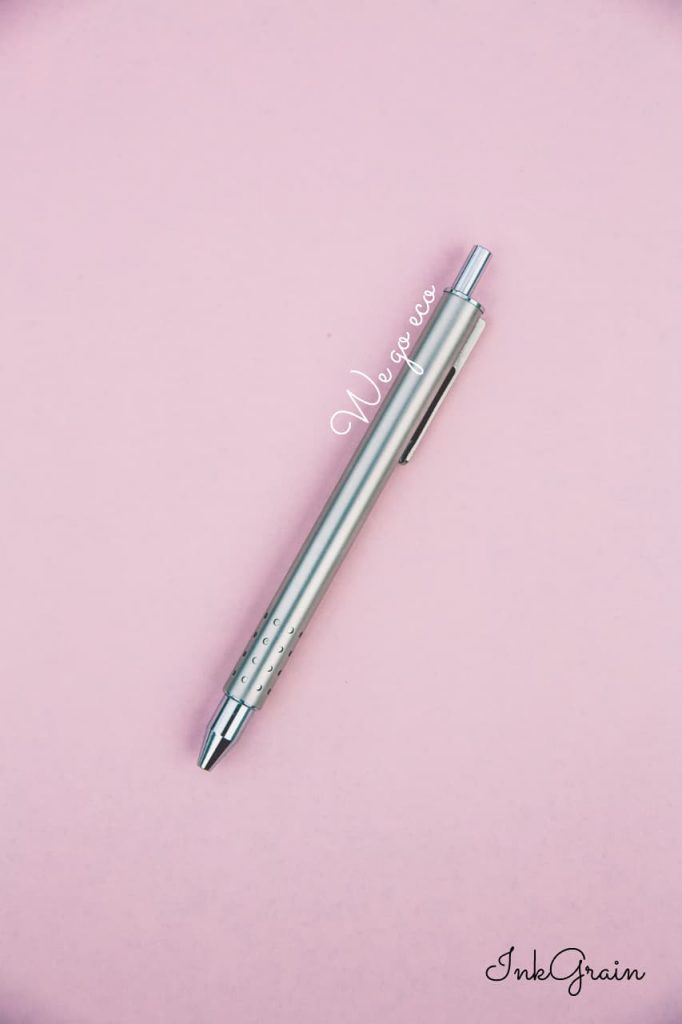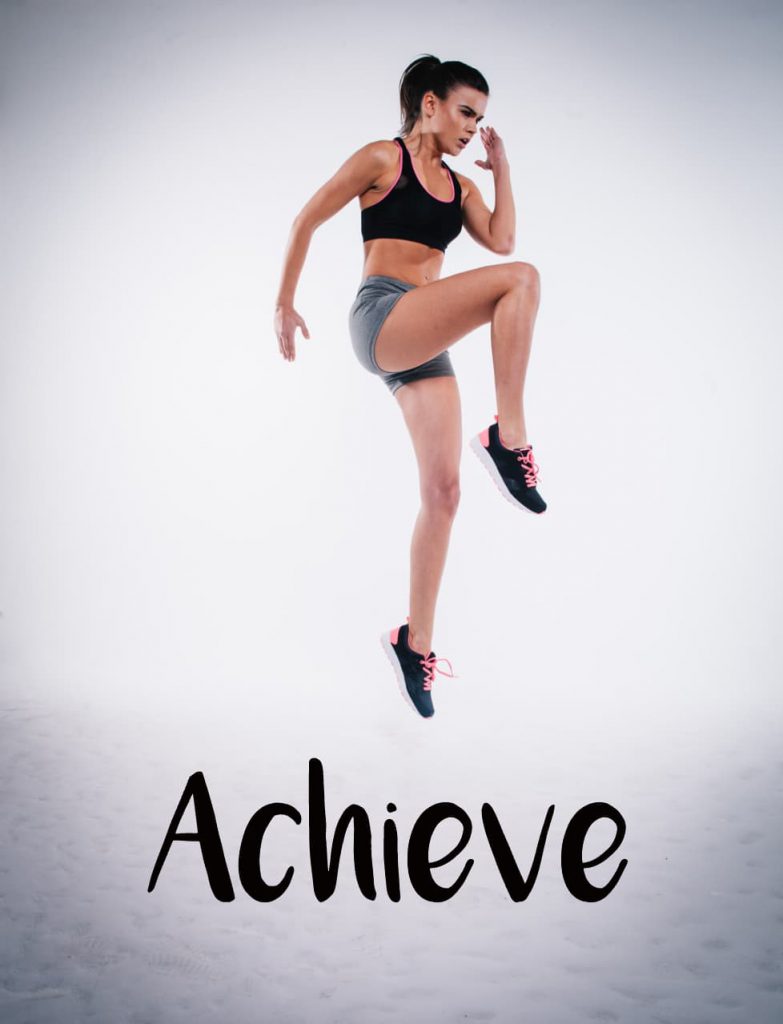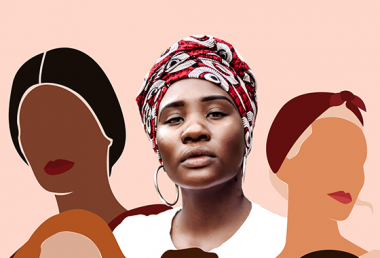 Pixomatic Team
Pixomatic Team
A photo’s color schemes, setting, and multiple other factors can affect the message conveyed to the viewer. The same can be said about text fonts. Typeface psychology is the study of how fonts affect people’s emotions, behaviors, and associations in different ways. Some fonts may be categorized as strict and evoke trust while others are crafty and associated with fun. A photo editor with text comes in handy when looking for a suitable font for an image.
So, why is typeface psychology so important? One of the main reasons is that knowing how to correctly choose a font design will help draw the right reaction from the viewer. This is especially handy in advertising and marketing, but also in daily life. Using an unsuitable font for your design would be detrimental since it could create the opposite effect. You would not want to accidentally make a serious issue look like a joke since it may become disrespectful and controversial.
Although there is room for subjectivity, there are certain font divisions that have distinct associations or genres. Typefaces are usually classified into Serif, Sans Serif, Script, and Display. A photo editor with text can help you combine images with text to reinforce the message and feelings you want to convey.
Slab Serif
Style: Bold
Association: Confidence; impact
When you see a serif typeface that looks bolder or curvier than usual, chances are it is slab serif. These fonts add a sense of importance to the text as the letters look bold and attention-grabbing. This is why they are commonly used for logo designs. Research on font psychology suggests that slab serif fonts make the message appear confident, impactful, and solid due to the visual weight of the letters. Another influential element is the letter and word spacing, which is key for legibility and a reader’s comfort. Slab serif fonts tend to have a good balance in letter size and distance, which makes them visually pleasing in headlines. These traits make them especially suitable for tabloid posters and announcements that call for action. If a clean-cut background is paired with slab serif text, the message cannot be missed.
Script
Style: Elegant
Association: Formal; personal
Cursive handwriting transformed from being the default way of writing to a symbol of delicate and fancy taste. With the coming of print technologies, script type made way to more practical and mechanic fonts. Yet, some companies still used script fonts for logo designs. It is also often associated with formal or elegant invitation cards. A caveat is that large pieces of text may be difficult to read in cursive handwriting. Yet, people tend to glance at 7-9 letters before pausing anyway. A photo editor with text in script font can make a short message appear more personal than even a serif typeface. Wondering why? Well, script fonts are based on handwriting styles, which makes it seem as though the person wrote a note just for you. Companies often use this trick to sell their goods that are marketed to be ‘tailored just for you.’
Display
Style: Unique
Association: Logo; poster
What are the top tips for a poster title? Make it simple, bold, and unique. You would use display font styles to make your image stand out. They tend to be sans serif and have stylized decorative elements. The psychology behind using such fonts is that people often remember designs that are unusual and perfectly adjusted to the message. It may be trickier to place quirky font types on complex photo compositions, but a quick retouch with a photo editor can make anything possible. Some things to keep in mind are:
- Keep the background image monotone,
- Use single colors with text,
- Try using fonts that repeat shapes in the image,
- Make sure the font style suits the message.
Use a photo editor with text to showcase what you know about fonts!











